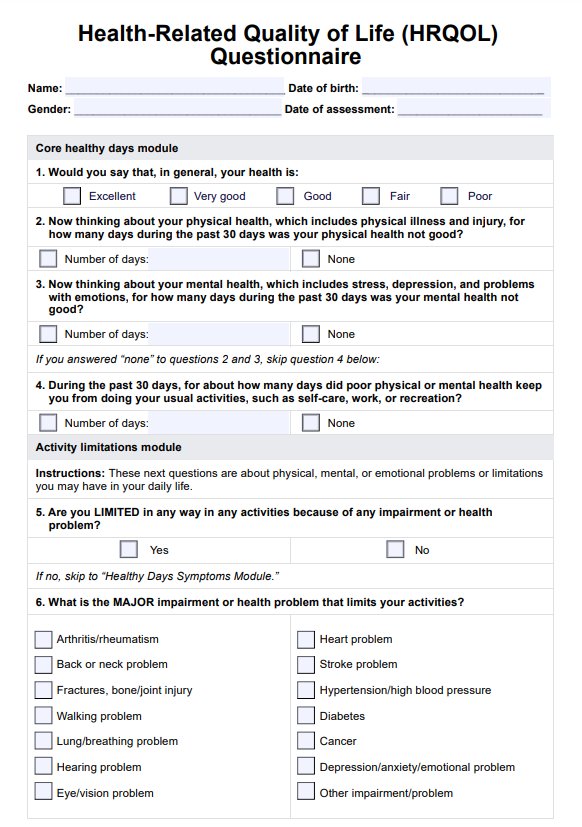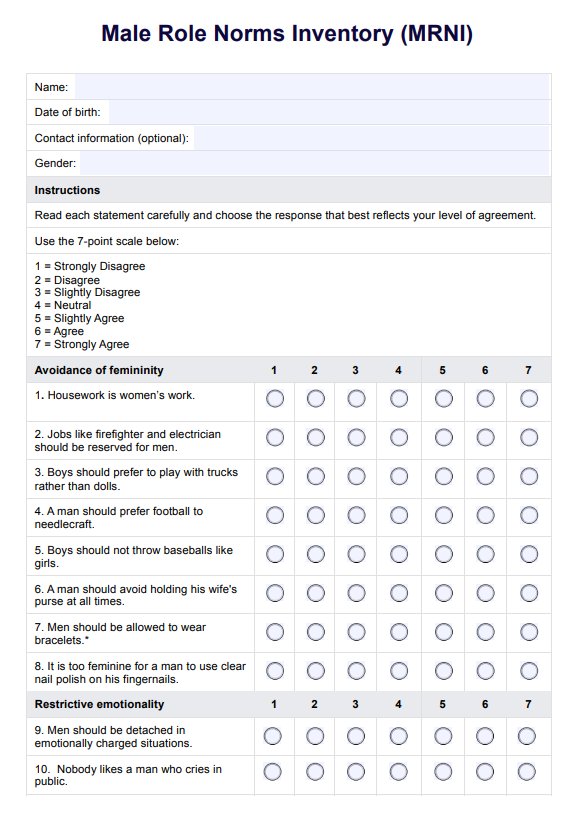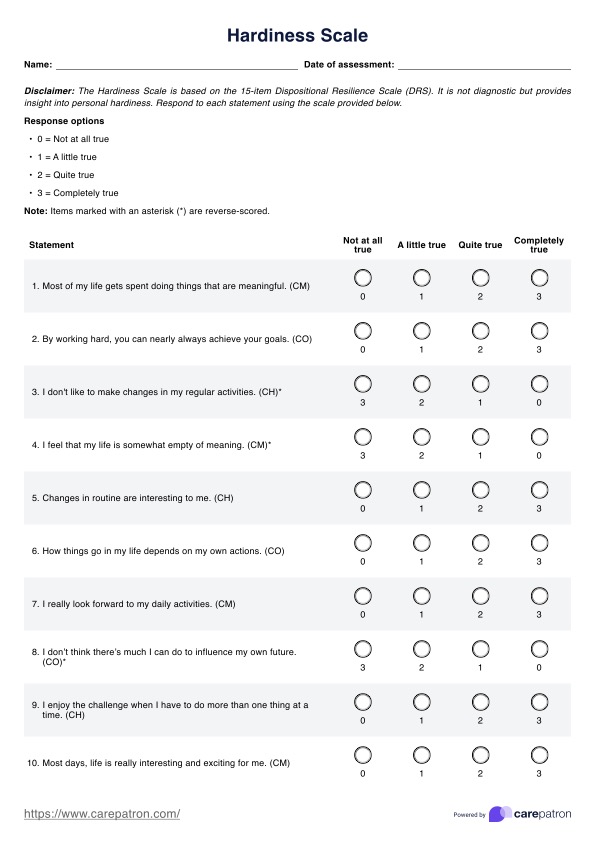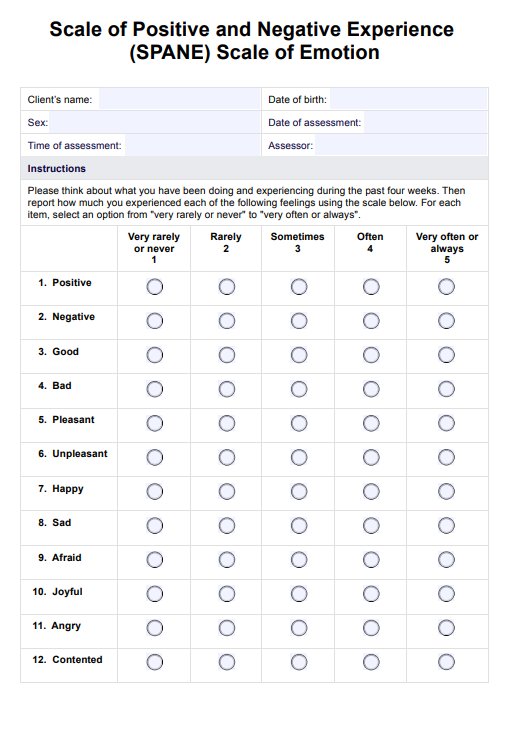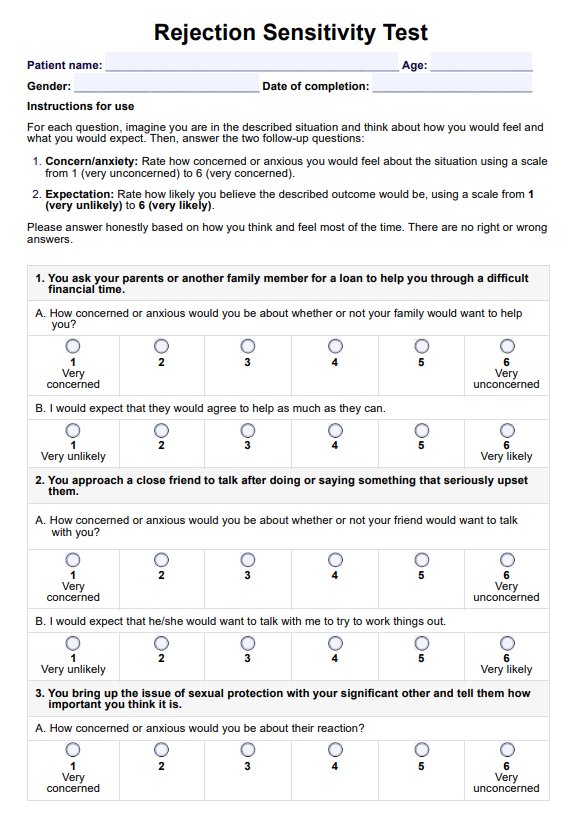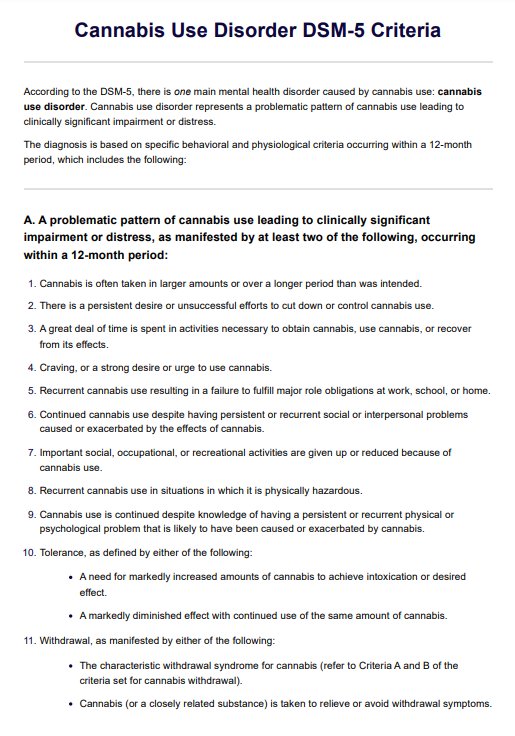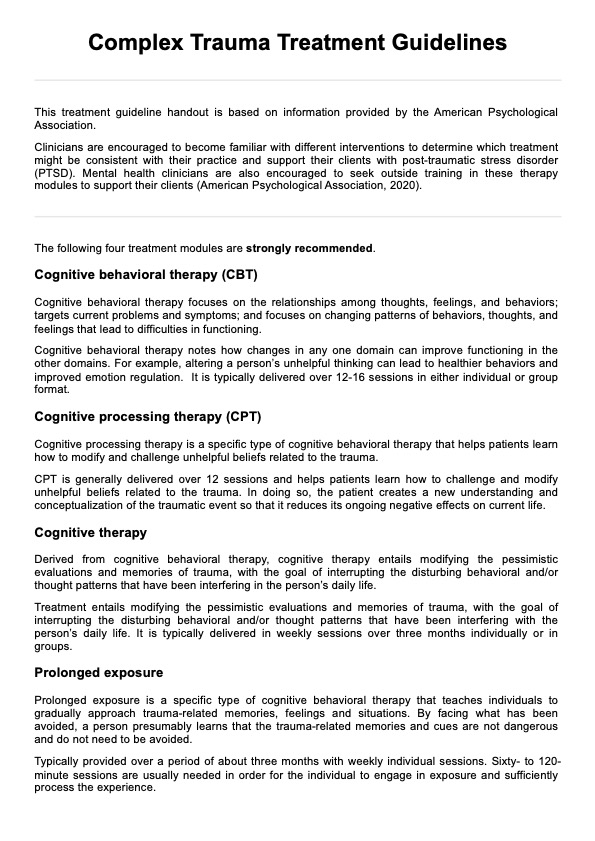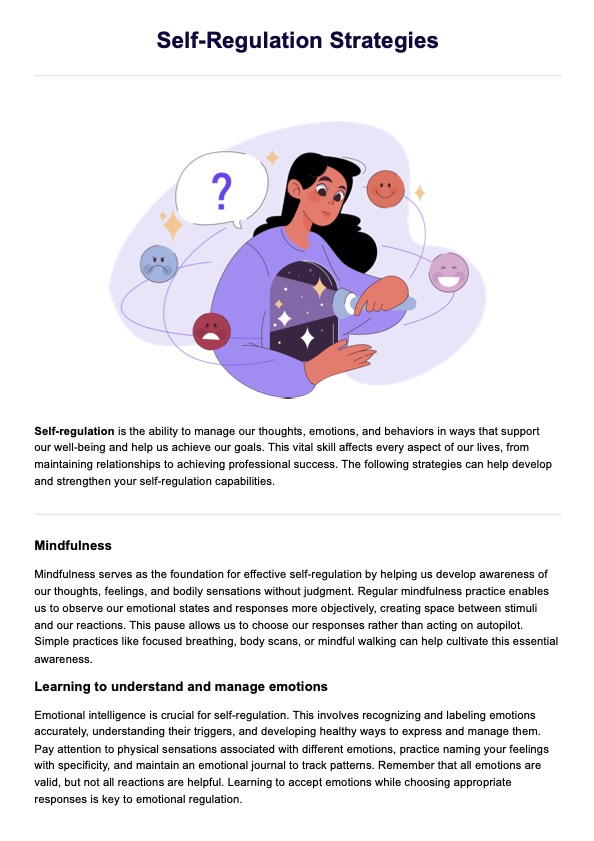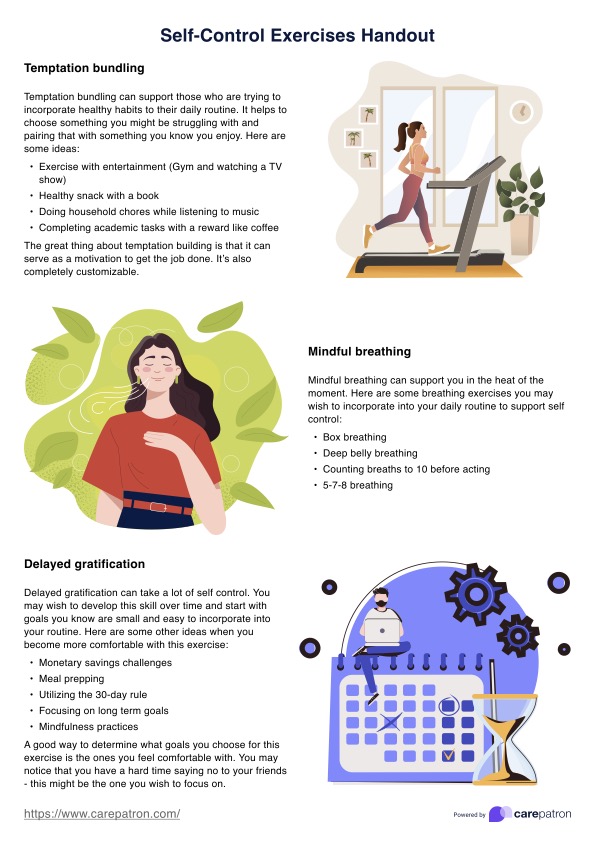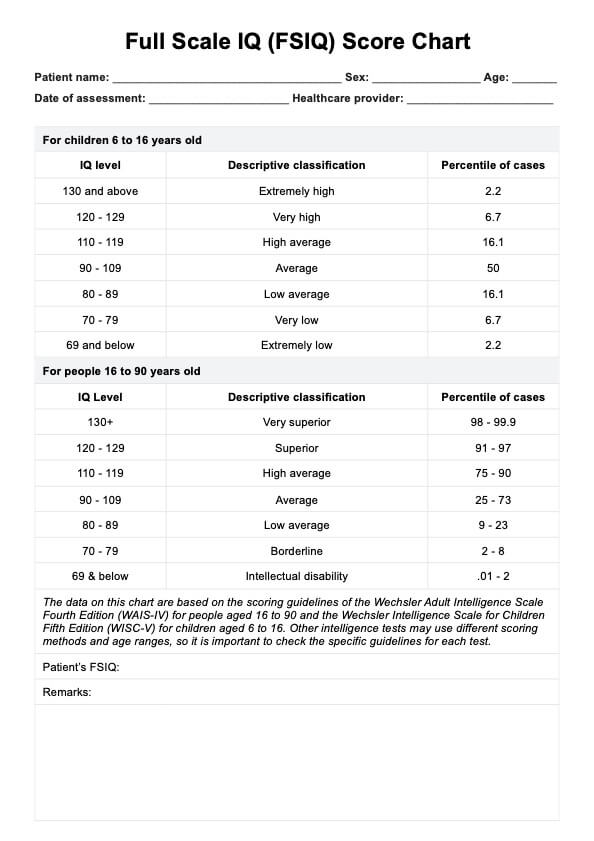Divorce Worksheet
Download our comprehensive Divorce Worksheet and example. Streamline the divorce process with essential tools for child custody, property division, and more.


What is a Divorce Worksheet?
When couples decide to end their marriage, they often find themselves overwhelmed by the sheer volume of decisions, paperwork, and emotional challenges that lie ahead. This is where a Divorce Worksheet is a practical tool that helps clients navigate a major life transition. These structured documents help individuals capture critical information about their finances, children, assets, and preferences in an organized format that can significantly streamline the divorce process.
Unlike standard legal divorce forms that focus solely on court requirements, comprehensive Divorce Worksheets empower individuals to think holistically about their needs, concerns, and priorities before making binding decisions that will shape their post-divorce lives.
For divorcing parents, specialized worksheets facilitate thoughtful consideration of children's needs, preferences, and schedules when developing parenting plans. Beyond their practical applications, Divorce Worksheets also serve as psychological support tools.
For healthcare practitioners working with patients experiencing divorce, familiarity with quality worksheet resources can provide tangible support during a challenging life transition.
Divorce Worksheet Template
Divorce Worksheet Example
The divorce process
Divorce involves several legal steps and decisions that can significantly impact an individual's life. Understanding this process is crucial for anyone considering or going through a divorce.
The process typically begins with one party filing for divorce and serving the divorce papers to the other party. Negotiations or court proceedings follow this to resolve issues such as child custody, child and spousal support, division of assets and debts, and other relevant matters.
Each divorce case is unique, and the process can vary depending on the couple's circumstances, the laws of the state or country, and whether the divorce is contested or uncontested. An uncontested divorce, where both parties agree on all terms, is generally quicker and less expensive than a contested divorce, which may require mediation or court intervention.
The divorce process can be emotionally taxing and legally complex. Individuals need to seek legal advice to understand their rights and obligations. Additionally, emotional support from counselors or support groups can be beneficial during this challenging time.
Child custody and child support
Child custody and child support are among the most critical issues in a divorce involving children. Custody refers to the legal right to decide about a child's upbringing, including education, health care, and religious training. Child support is a financial arrangement where the non-custodial parent contributes to the child's living expenses.
Custody can be sole or joint, with joint custody allowing both parents to share decision-making responsibilities. This can also involve establishing a parenting schedule that works for the family. The primary consideration in custody decisions is the child's best interests, including their health, safety, and emotional well-being. Factors such as the child's age, the parent-child relationship, and each parent's ability to provide a stable environment are considered.
Child support calculations typically consider parents' incomes, the number of children, and the custody arrangement. The goal is to ensure that the child maintains a standard of living similar to what they would have experienced if the family had remained intact.
Bank accounts
Handling bank accounts during a divorce is a crucial financial aspect. Couples must decide how to divide their joint bank accounts and any individual accounts. It's important to understand the laws in your jurisdiction regarding the division of marital assets, as they can vary significantly.
Sometimes, couples may freeze joint accounts to prevent either party from withdrawing funds unfairly. It's also common to close joint accounts and distribute the funds according to an agreed-upon or court-ordered division.
Property division
Property division in a divorce involves distributing assets acquired during the marriage. This can include real estate, vehicles, furniture, and other personal property. The division process depends on whether the state follows community property or equitable distribution laws.
Community property states consider all marital property as jointly owned, while equitable distribution states divide property in a manner deemed fair, which may not always be equal.
Marital assets
Marital assets refer to any property, assets, or income acquired by either spouse during the marriage. This can include homes, investments, retirement accounts, and even businesses. Determining what constitutes marital assets and their value is a critical part of the divorce process. Disclosing all assets is essential to ensure a fair and accurate division.
How to use this Divorce Worksheet
This Divorce Worksheet can be a comprehensive guide to navigating the divorce process. It helps organize and document all necessary information, making it easier for individuals to prepare for legal proceedings or mediation.
Step 1: Access our free worksheet
Within the template preview on this page, click "Use template" to open and customize the worksheet within the Carepatron platform. You can also click "Download" to immediately get a PDF copy.
Step 2: Initial assessment and introduction
Begin by assessing whether a Divorce Worksheet would benefit your client's situation. For clients who feel overwhelmed by the divorce process or struggle with organization, introduce the worksheet as a structured resource that has helped others navigate similar challenges.
Step 3: Provide guidance in filling out the worksheet
Help clients approach the worksheet strategically rather than feeling compelled to complete every section simultaneously. Encourage them to start with immediate concerns (such as parenting arrangements or pressing financial issues) before moving to longer-term considerations.
Step 4: Review the worksheet
Schedule a follow-up to review the worksheet's progress and address any challenges or questions that have emerged. This will help them identify gaps in their planning or areas requiring additional attention.
Step 5: Connection to professional resources
The completed worksheet becomes a valuable communication tool when clients consult with legal, financial, or mental health professionals. Help patients understand how to share relevant worksheet sections with appropriate specialists effectively.
The benefits of using this Divorce Worksheet
Using our Divorce Worksheet offers several benefits:
Reduces decision fatigue
Divorce requires hundreds of decisions at a time when emotional resources are already depleted. A well-designed worksheet breaks these decisions into manageable segments, allowing individuals to focus on specific areas rather than becoming overwhelmed by the totality of changes.
Promotes financial clarity
Financial concerns rank among the most anxiety-producing aspects of divorce. Worksheets that inventory assets, debts, income, and expenses create transparency and reduce financial surprises.
Identifies support needs
This worksheet can help individuals identify areas where additional professional support might be beneficial. This self-assessment function often leads to earlier intervention with financial advisors, child specialists, or mental health professionals when needed.
Commonly asked questions
A Divorce Worksheet is designed to help individuals organize and prepare for divorce's legal and emotional aspects. It serves as a comprehensive guide to navigating the divorce process efficiently.
A Divorce Worksheet can benefit individuals going through a divorce, as well as legal professionals, mediators, and counselors. It helps ensure that all critical aspects of the divorce are addressed.
The worksheet helps document personal details, financial information, child custody arrangements, and property division, providing a structured approach to divorce.





















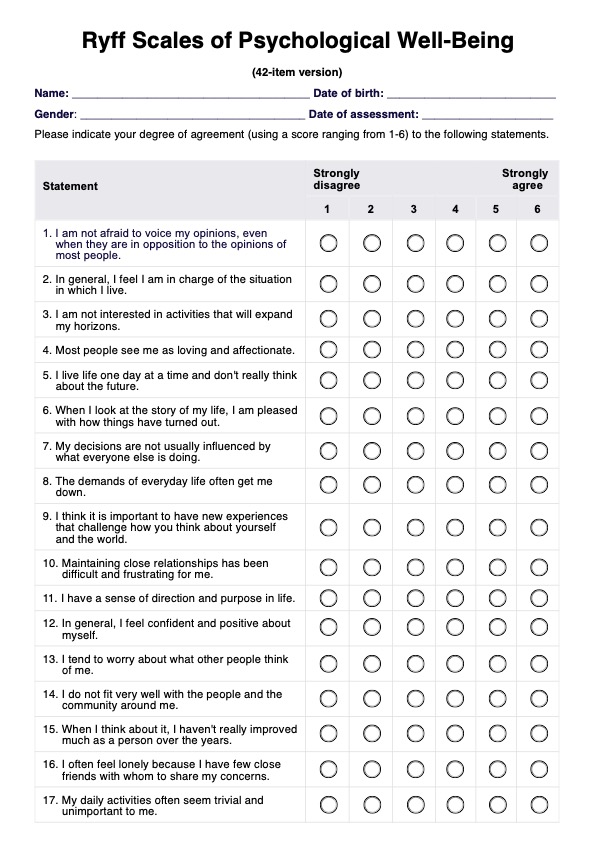
-template.jpg)




